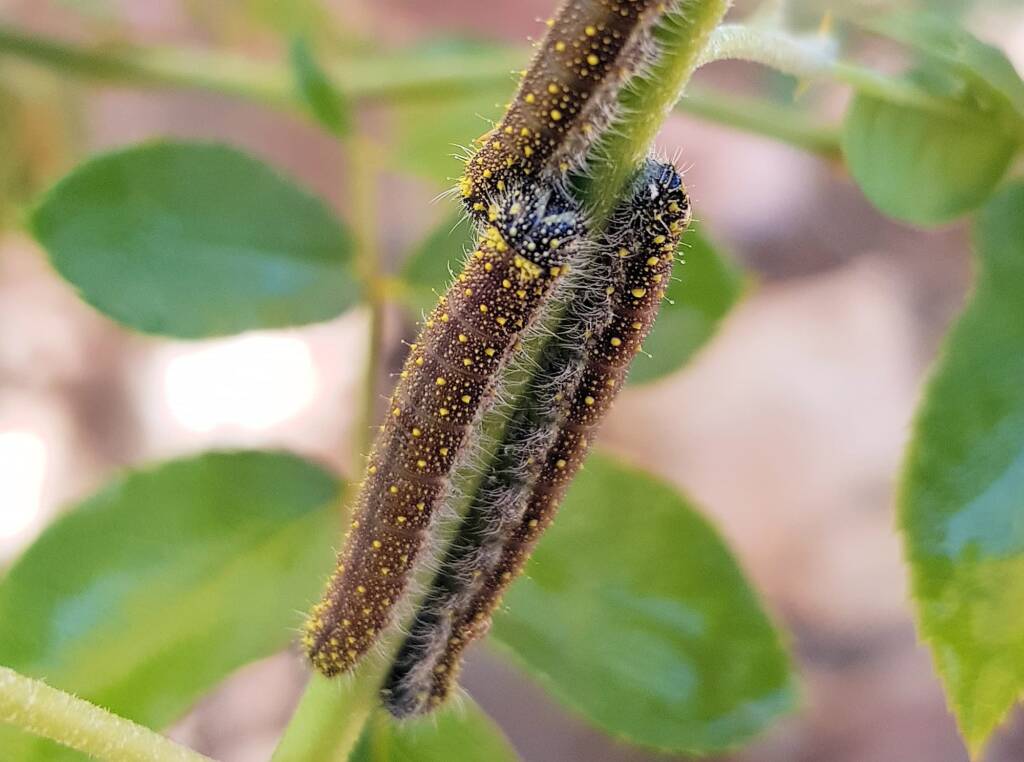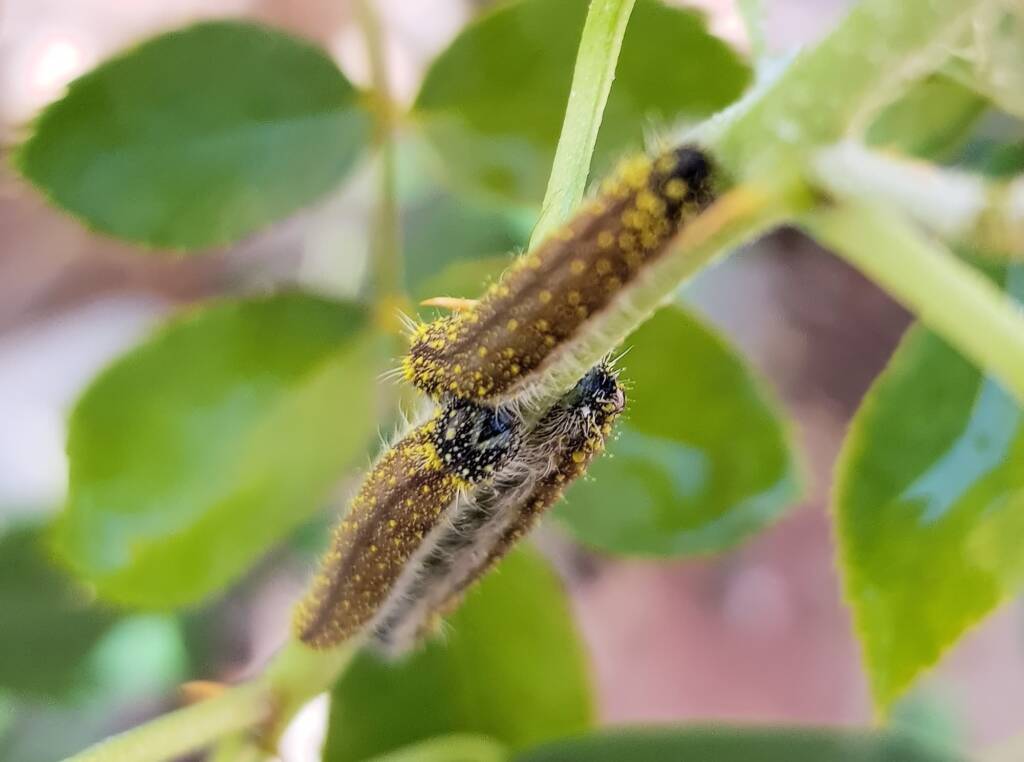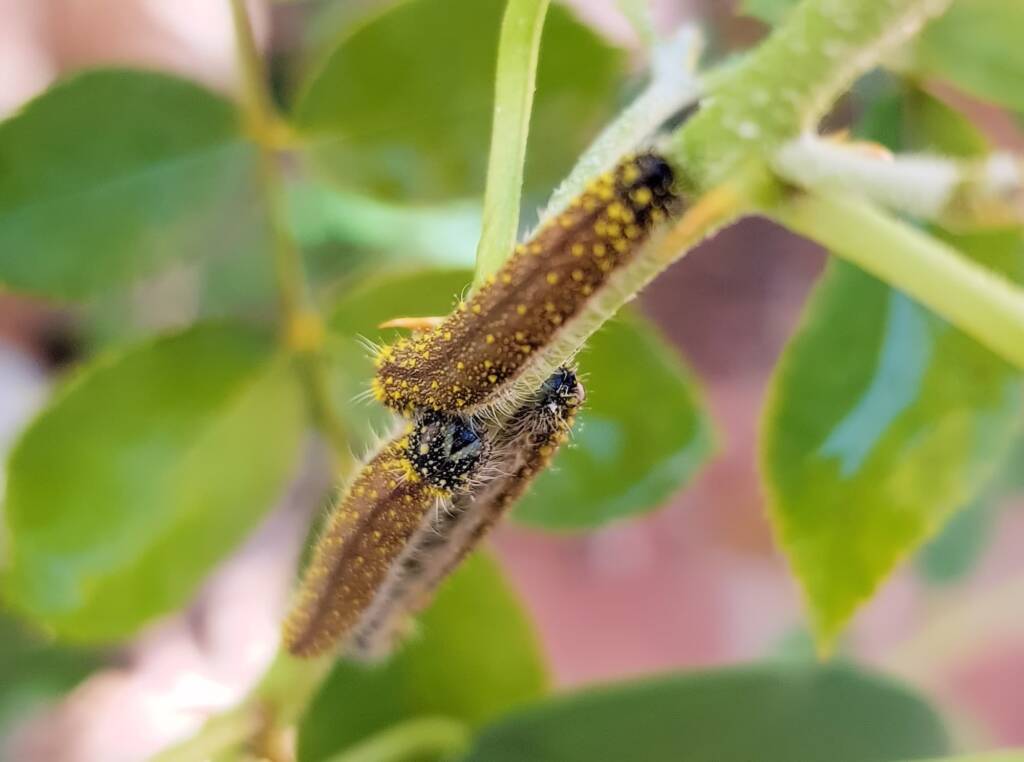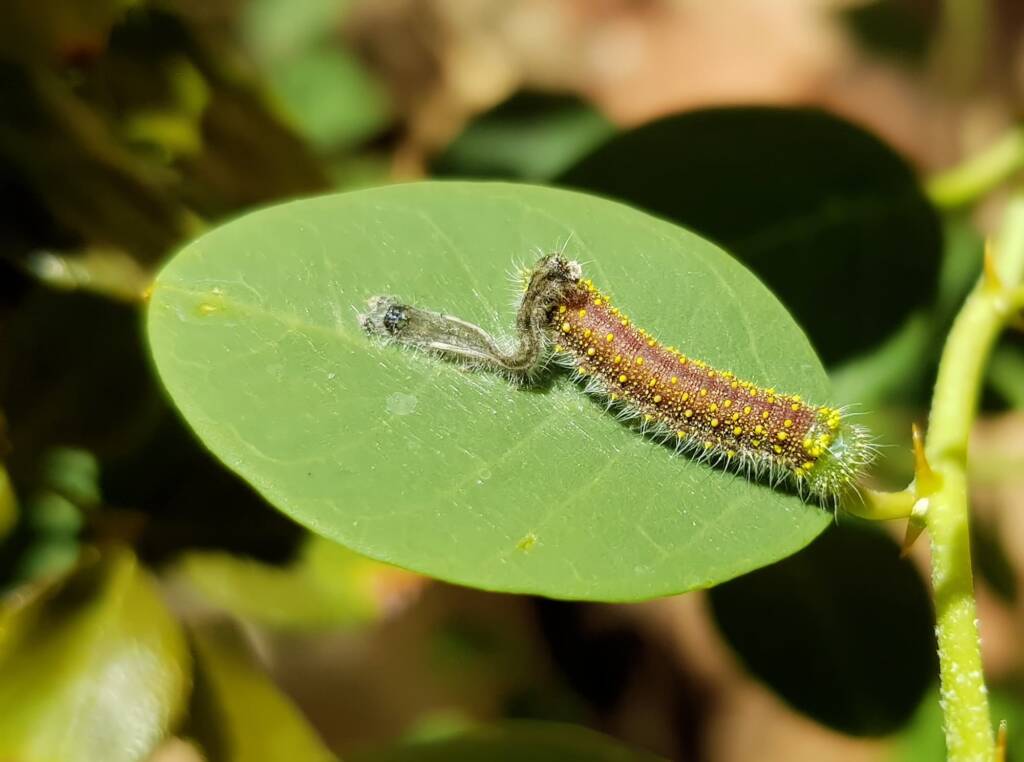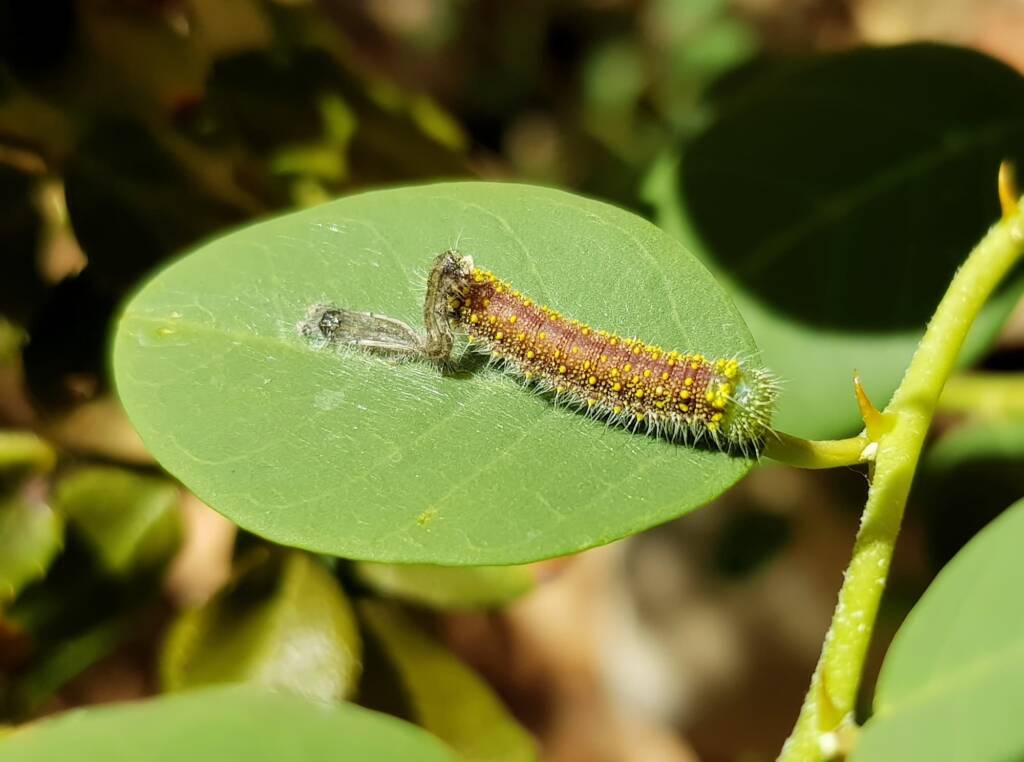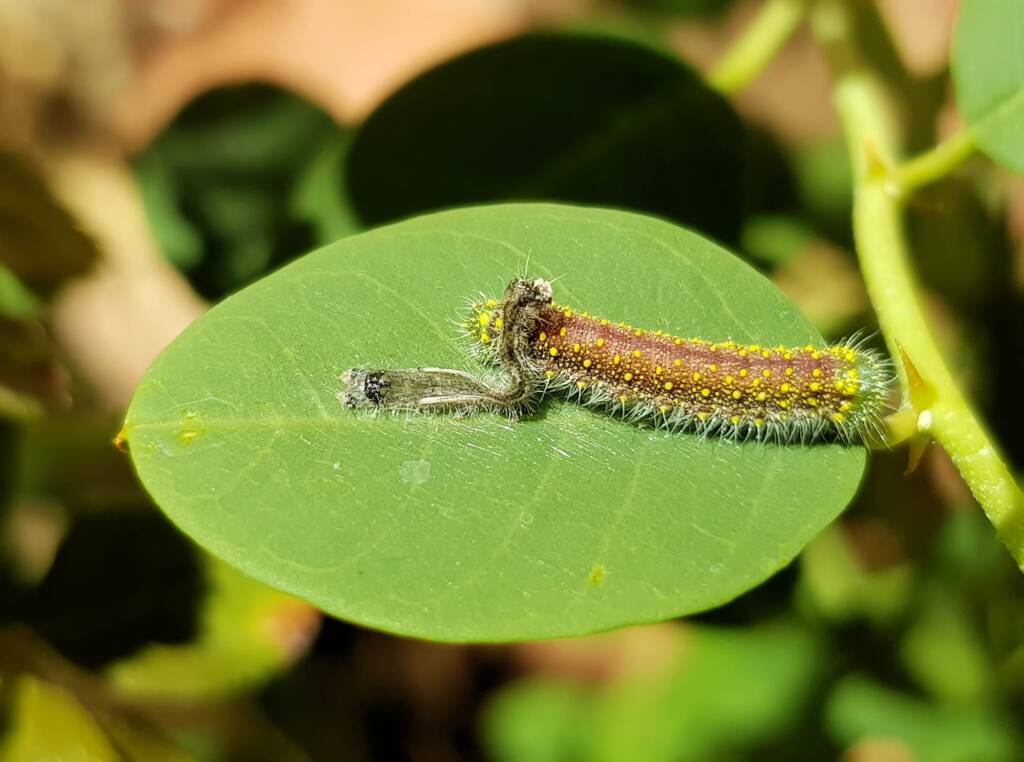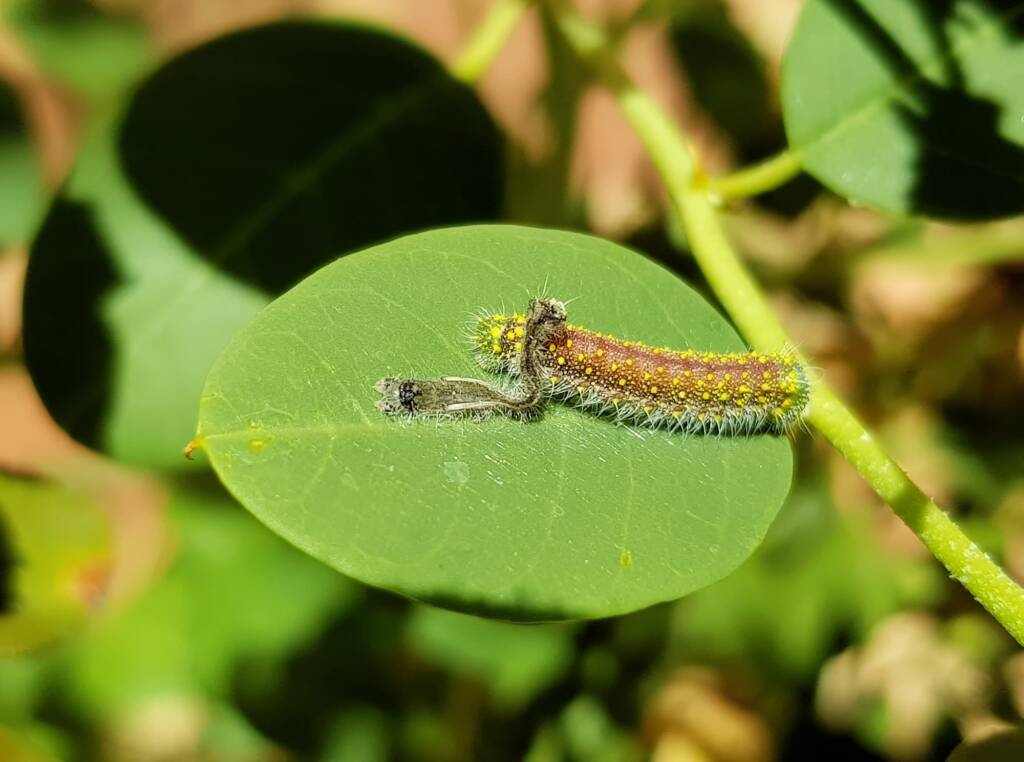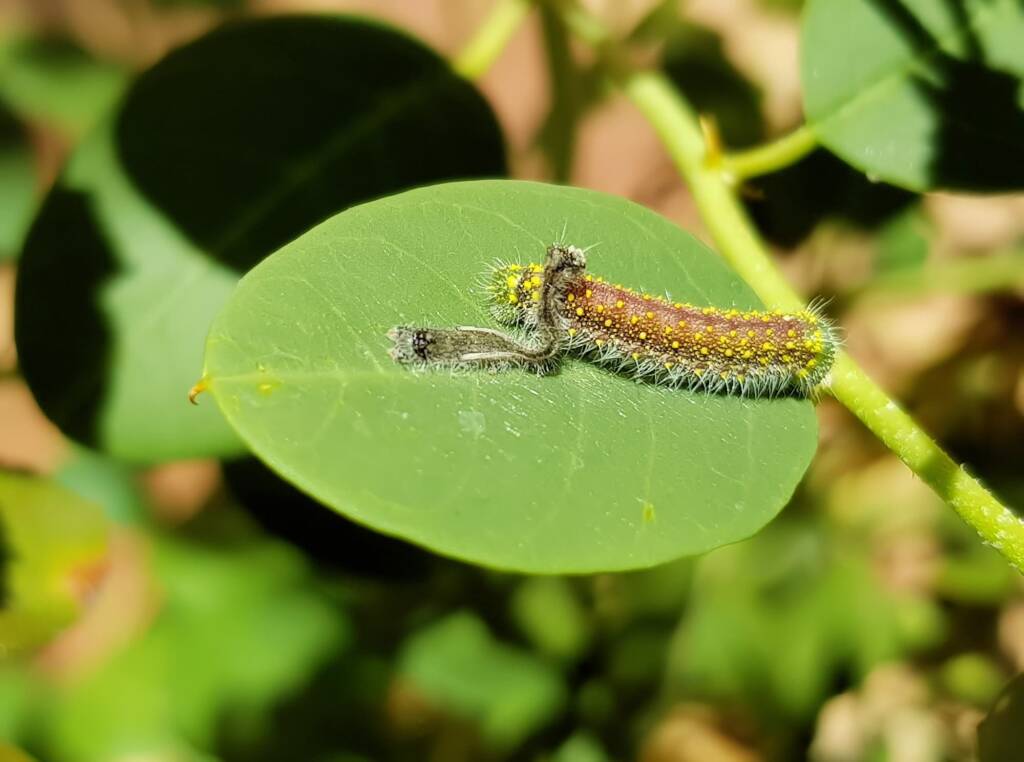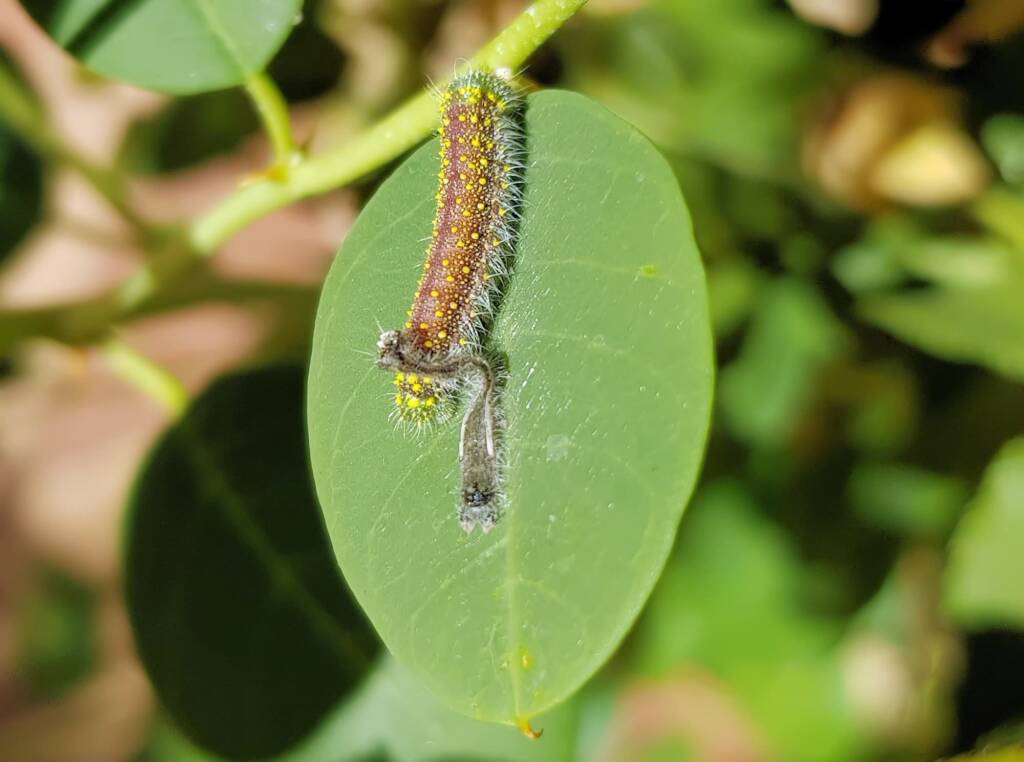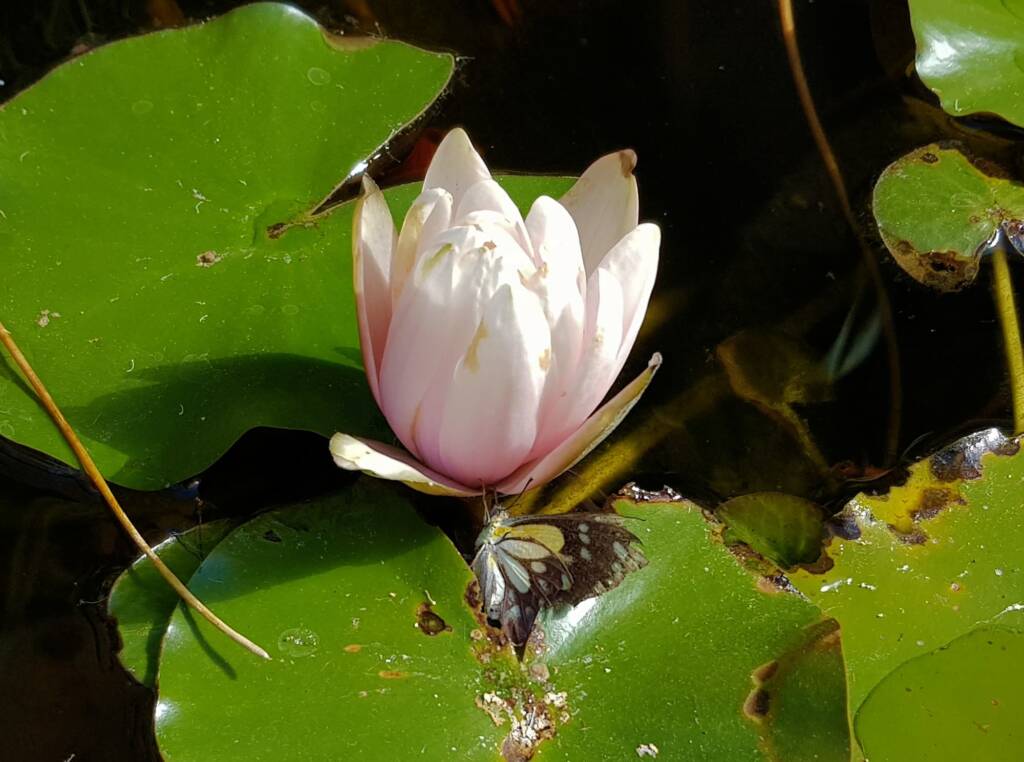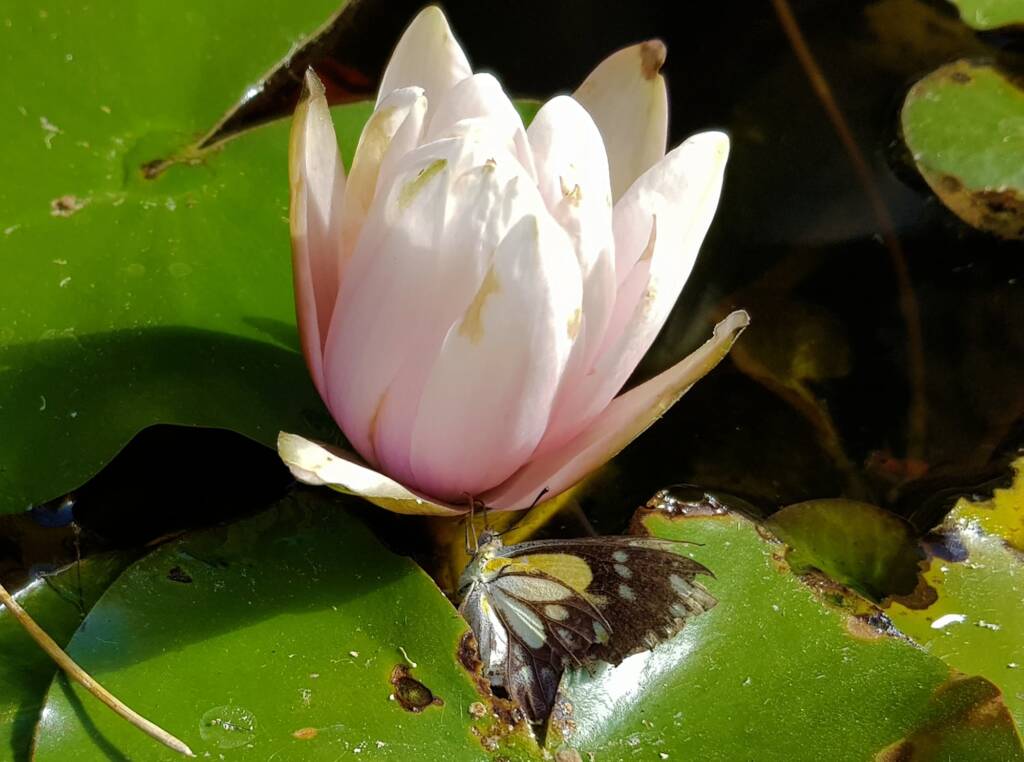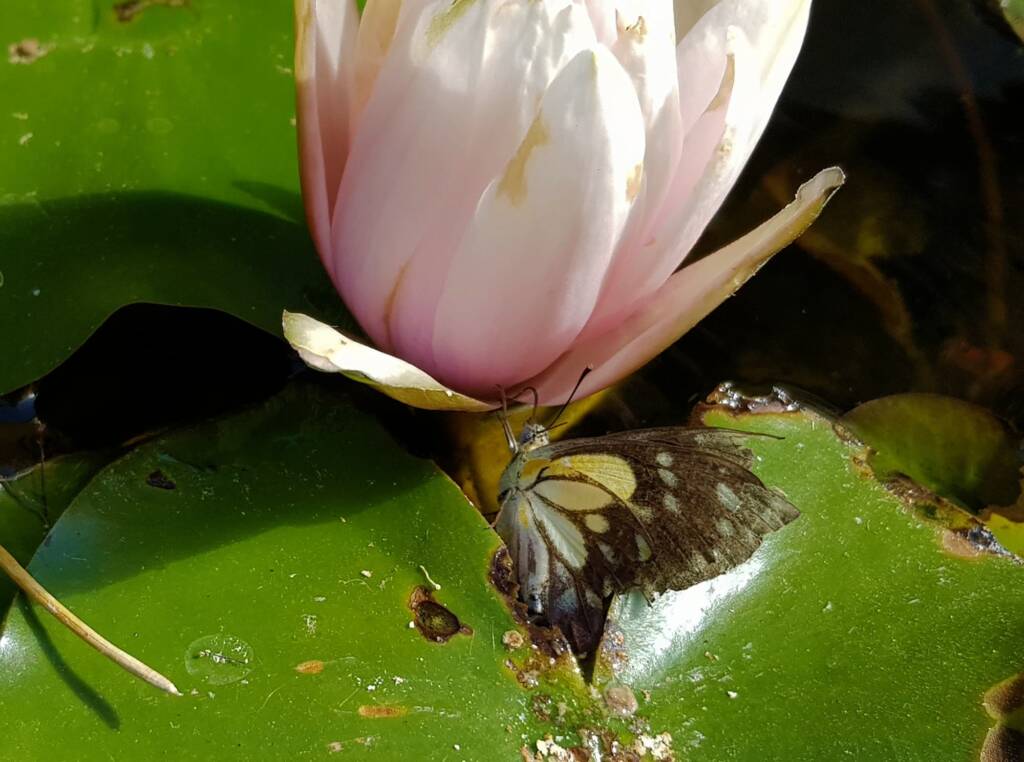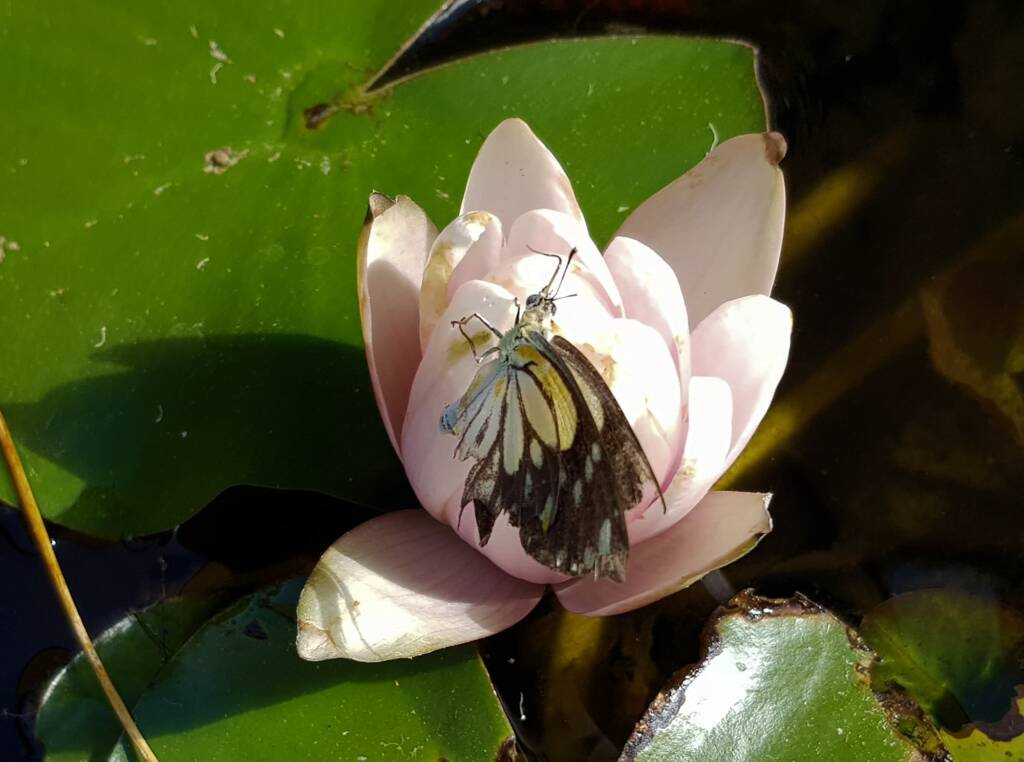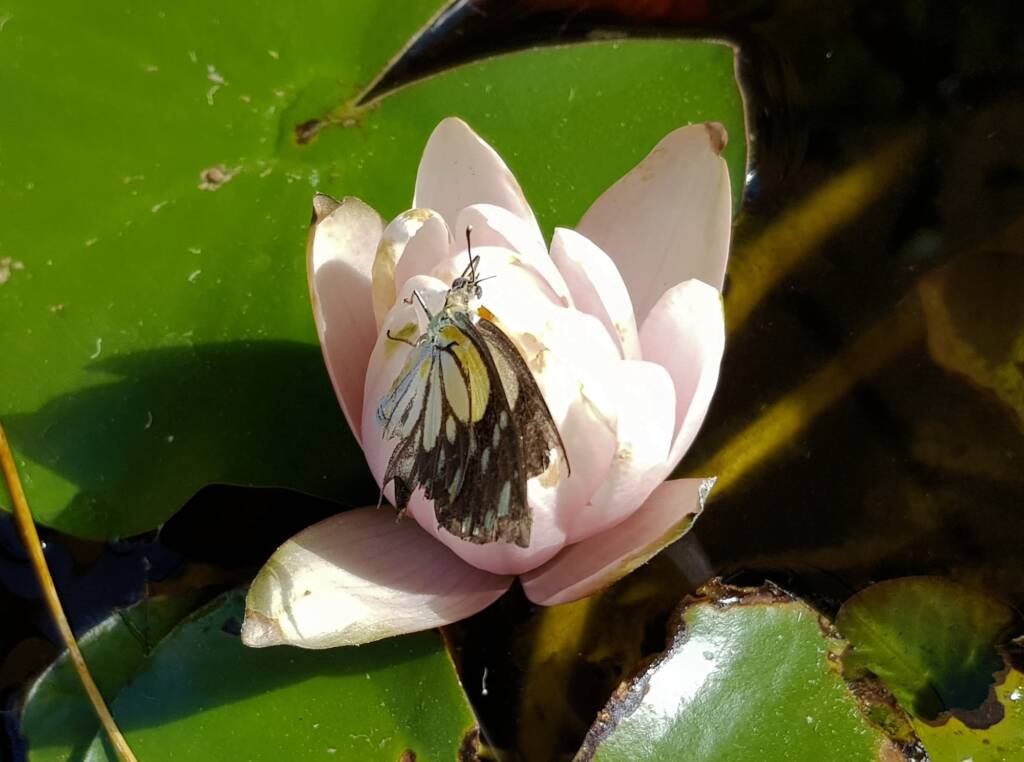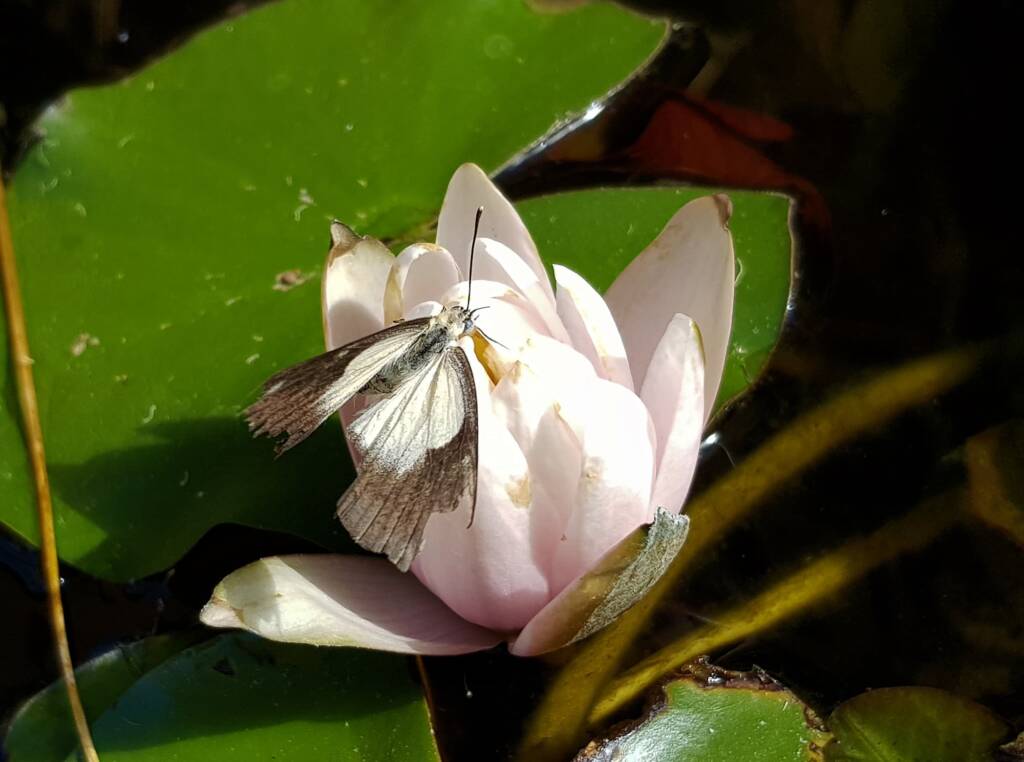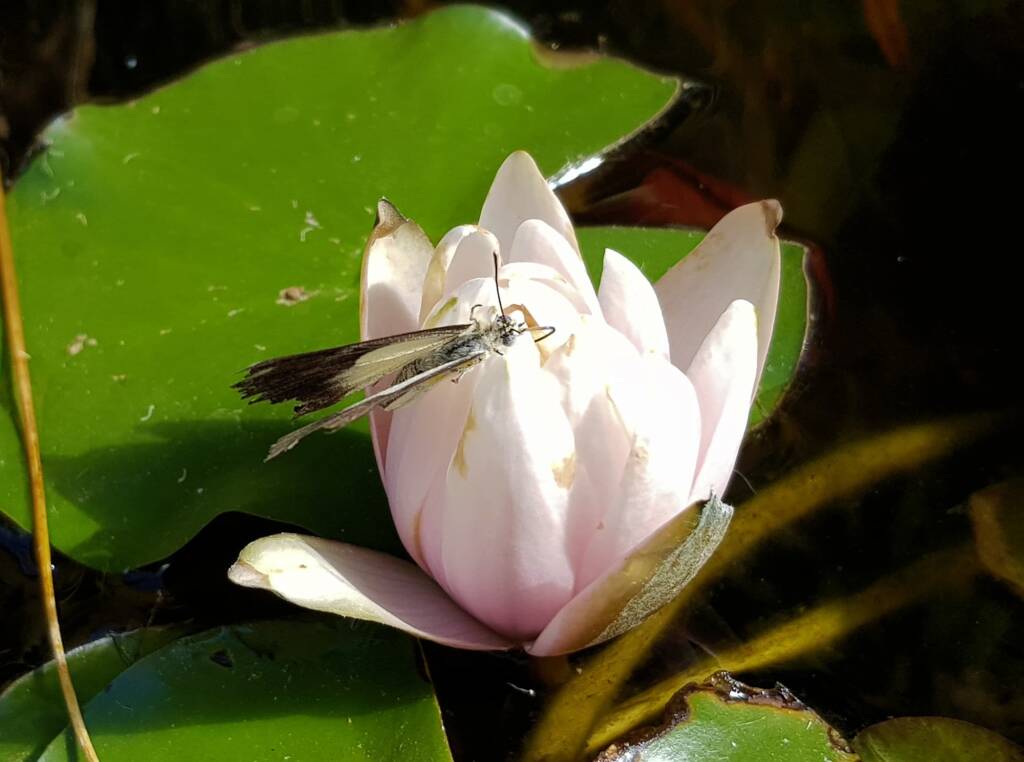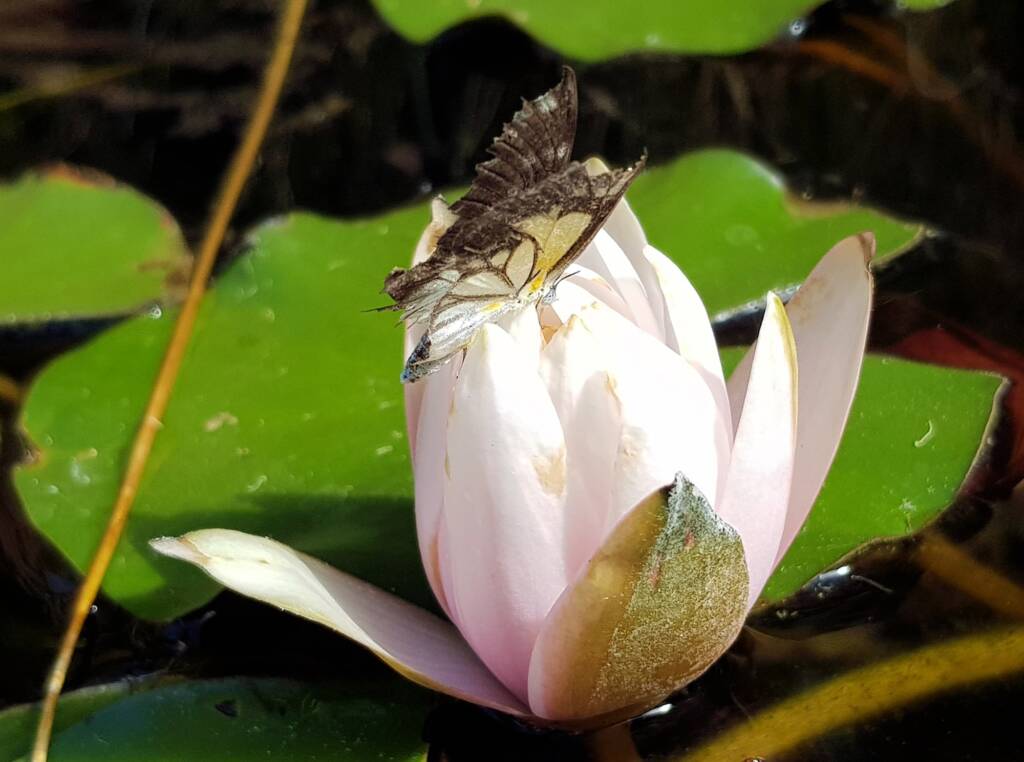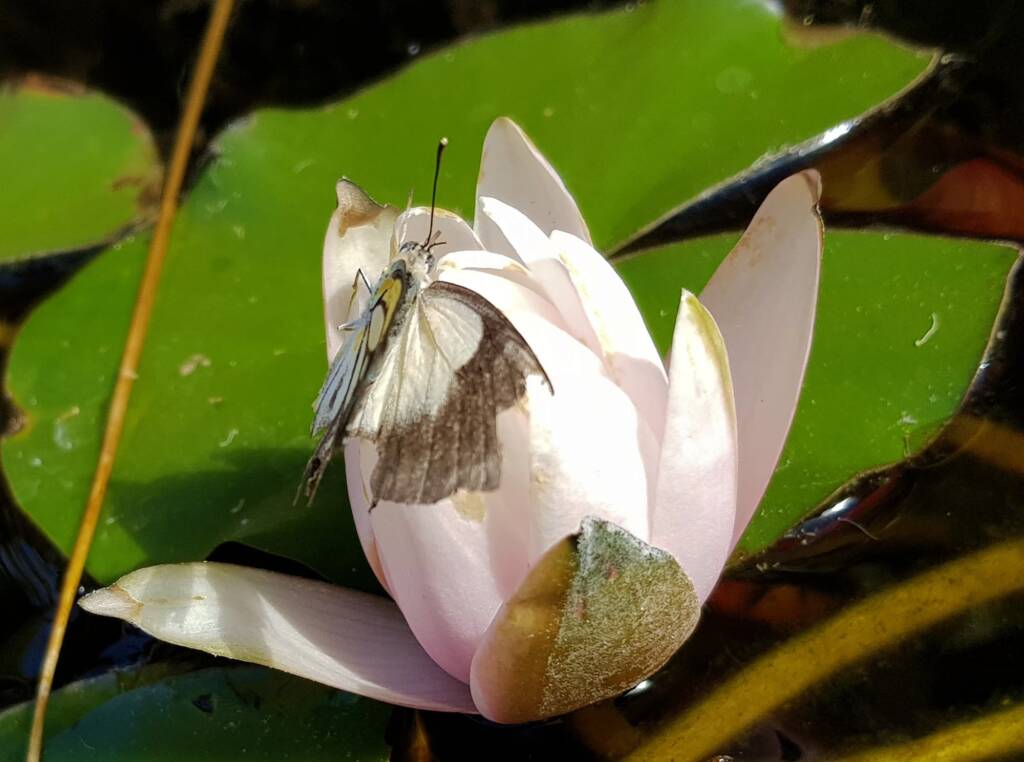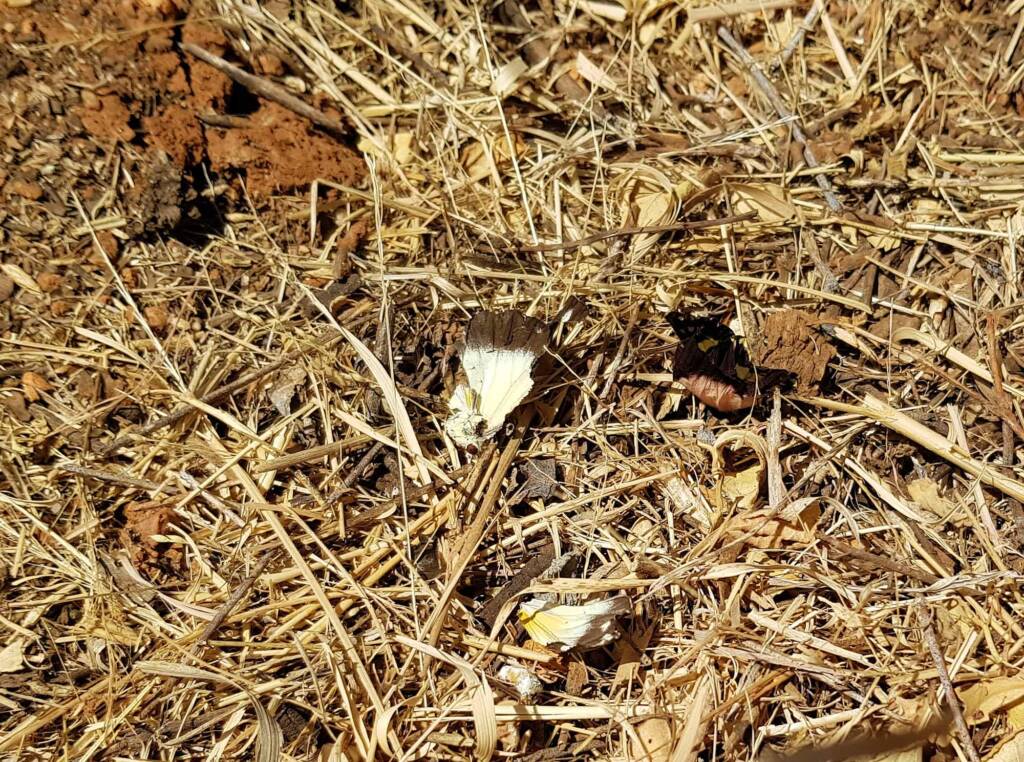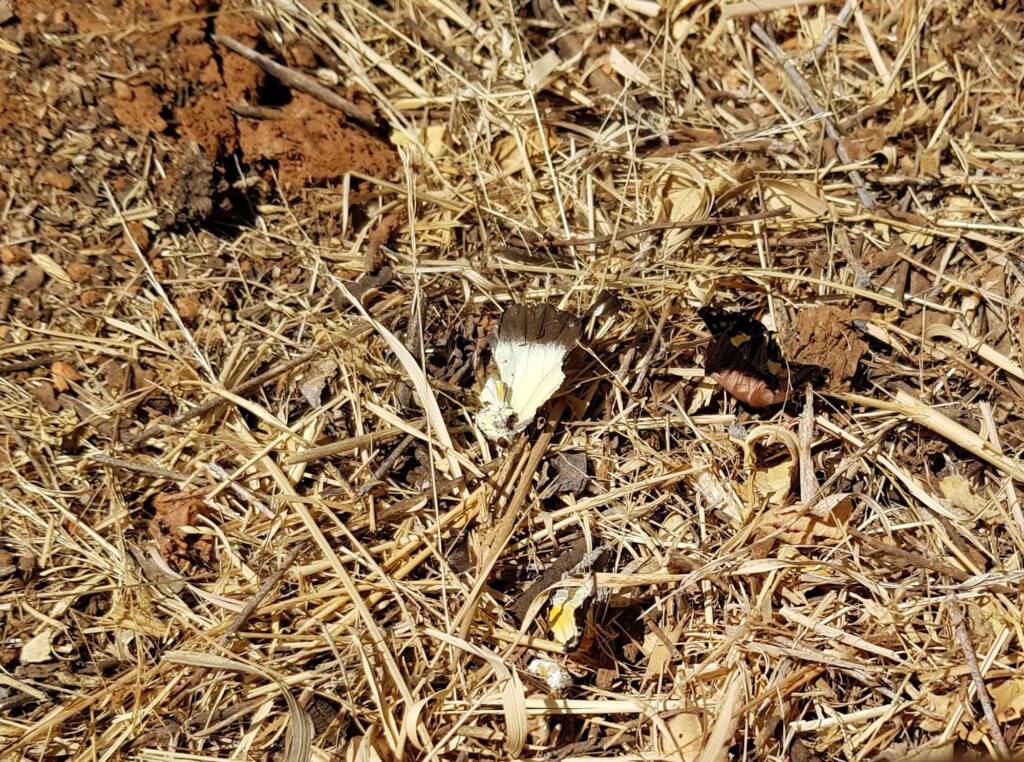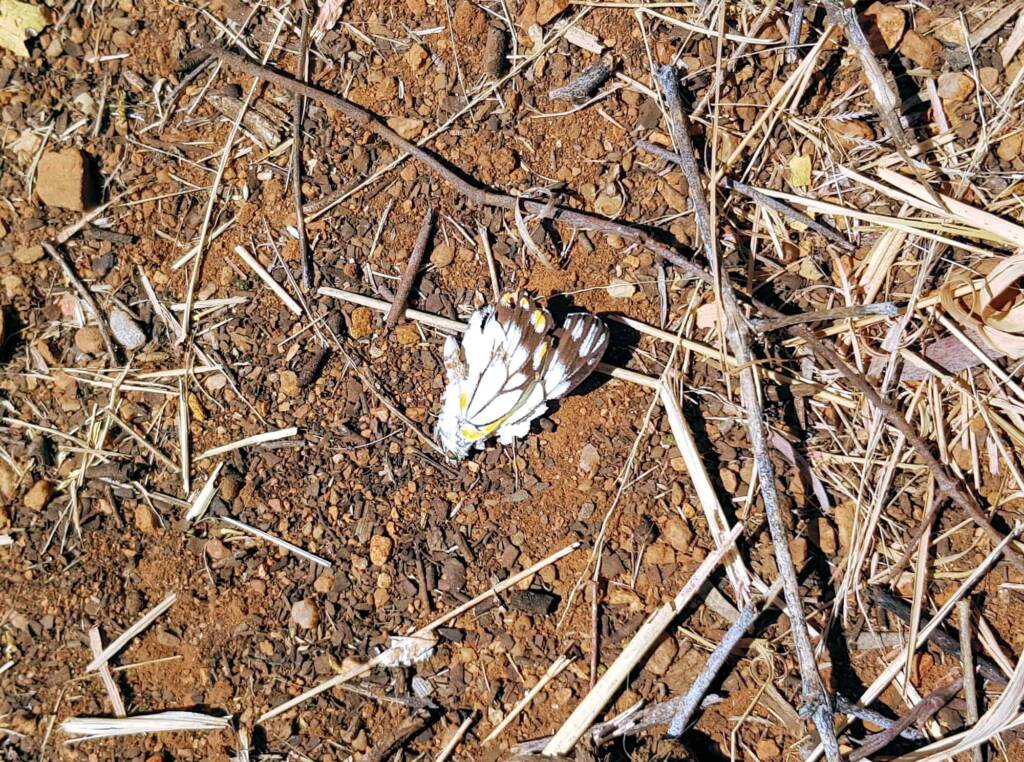Author Koh Lin ◦
Life can be hard… from birth through to death. For many, there are choices in life, unless of course you born as a Belenois java teutonia, aka the Caper White Butterfly, then your life is pre-determined.
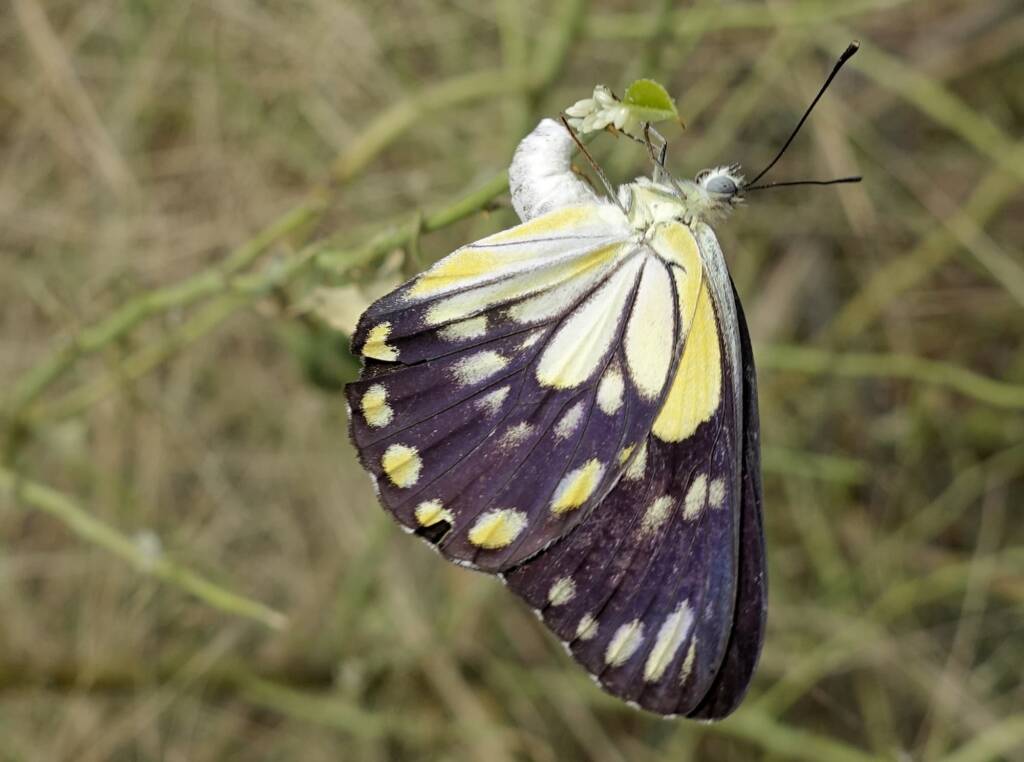
From the moment the female Caper White Butterfly lays her eggs on a Caper Bush (the type of host plant is important for the survival of the young caterpillars that emerge from the eggs), the path of the caterpillar to butterfly is laid out.

Just laid minutes earlier, these eggs are a pale creamy white in colour.
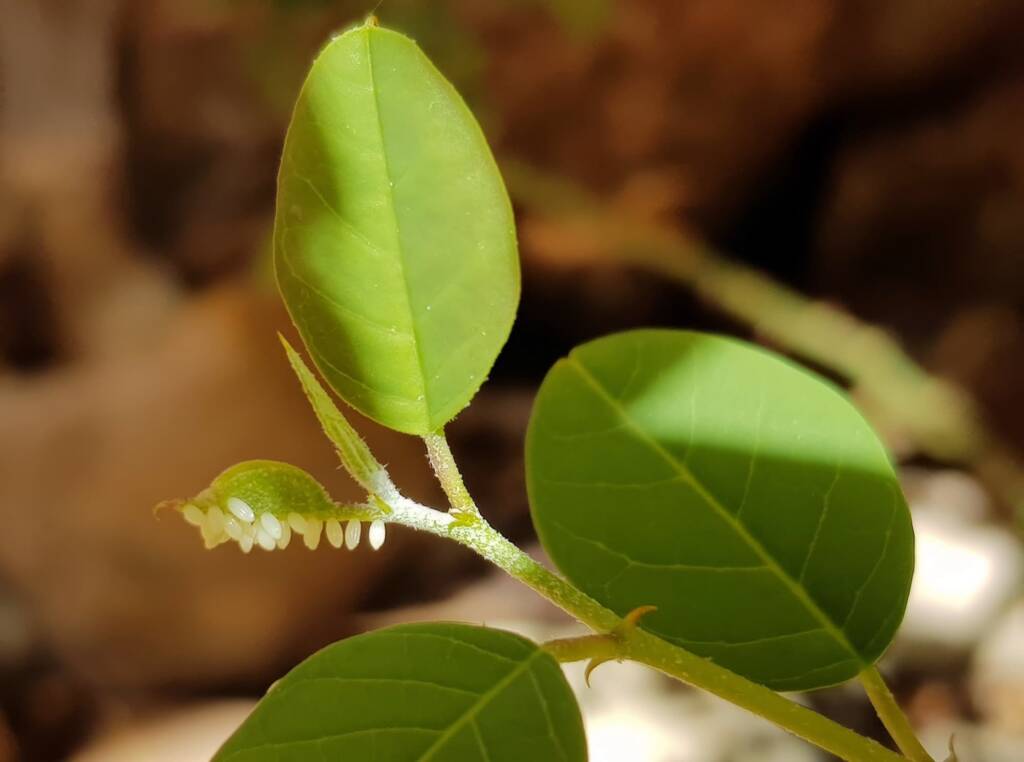
It may take 24 hours to a couple of days for the eggs to change colour, turning yellow, an indication that they are maturing.
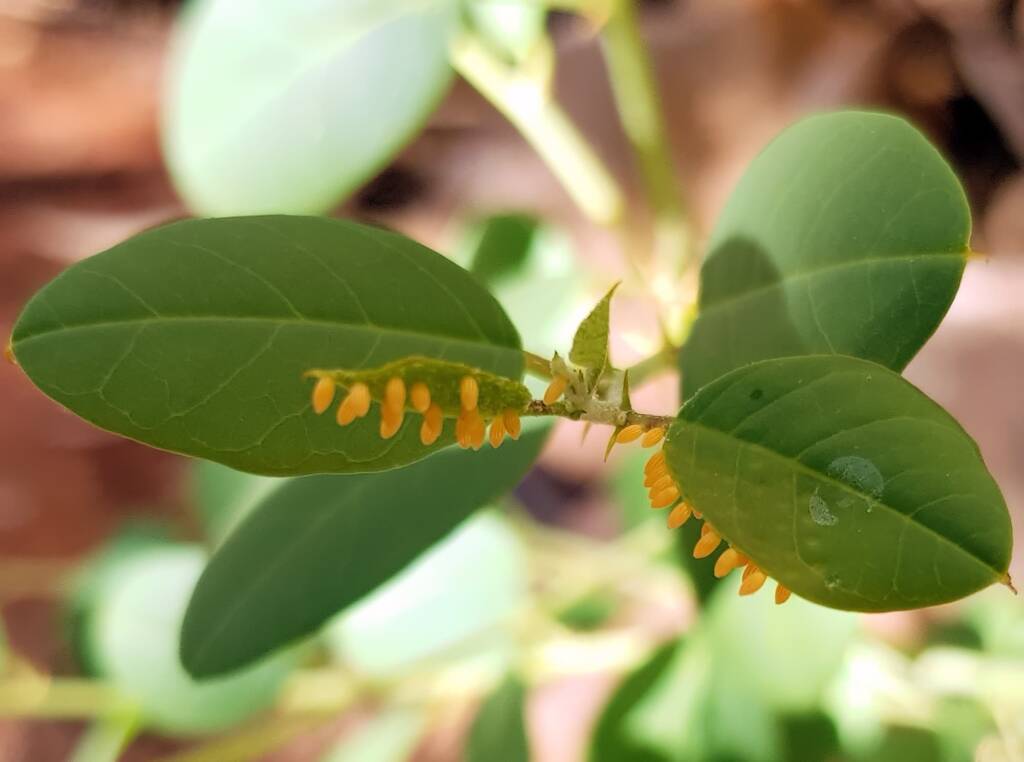
Of course, even as eggs, danger is ever present… such as from various predators, as seen in the following photo. This particular species of ants were there within minutes after the eggs were laid…

If the eggs survive predation, and hatch, the small caterpillars goes through stages of growing and moulting known as “larval development”. Each stage after moulting is known as an “instar”.
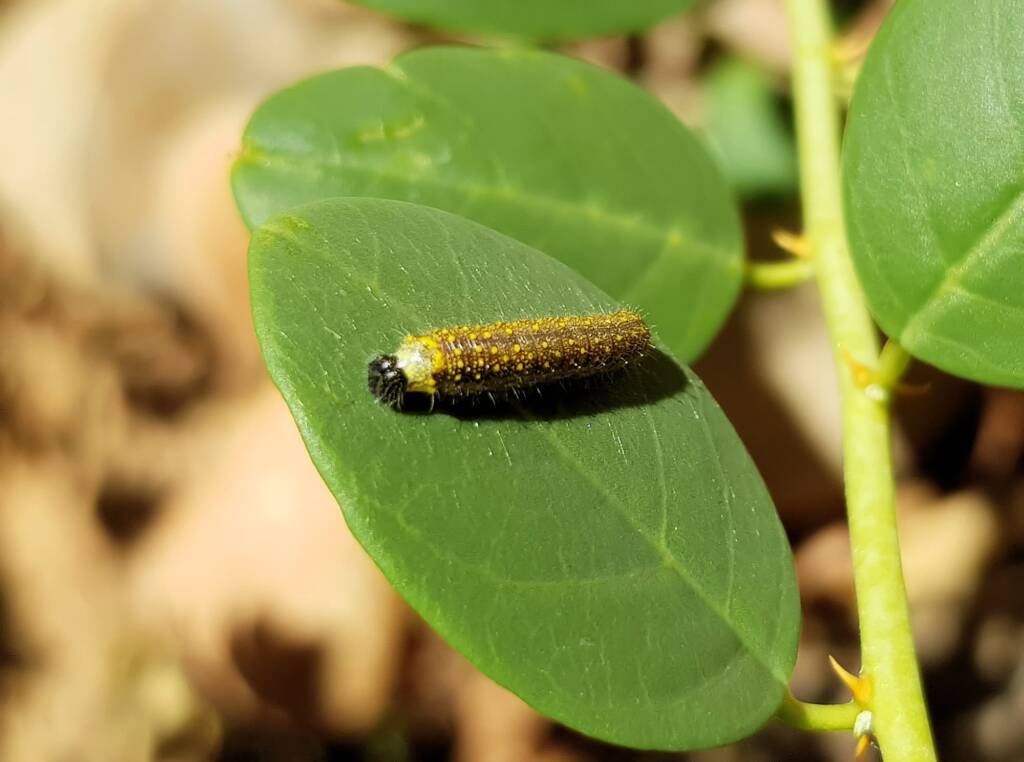
An instar is a developmental stage between each moult, until it reaches the adult stage (sexual maturity). Starting from the hatching of the egg, the small caterpillar will demolish the remains of the egg from which it emerged. The small young caterpillar is a cream, almost translucent colour with a black head. This is the first instar. As well as the black head, the caterpillar has poison tipped setae (bristle/hair-like structure).
The caterpillar eats from the host plant (caper bush), before it goes into the second stage, where it needs to shed it exoskeleton to emerge into the second instar stage.
In the following photo, you can see the black skin casing fall away from the head of the caterpillar, whilst it moults the body skin, hanging from the tail of the caterpillar.
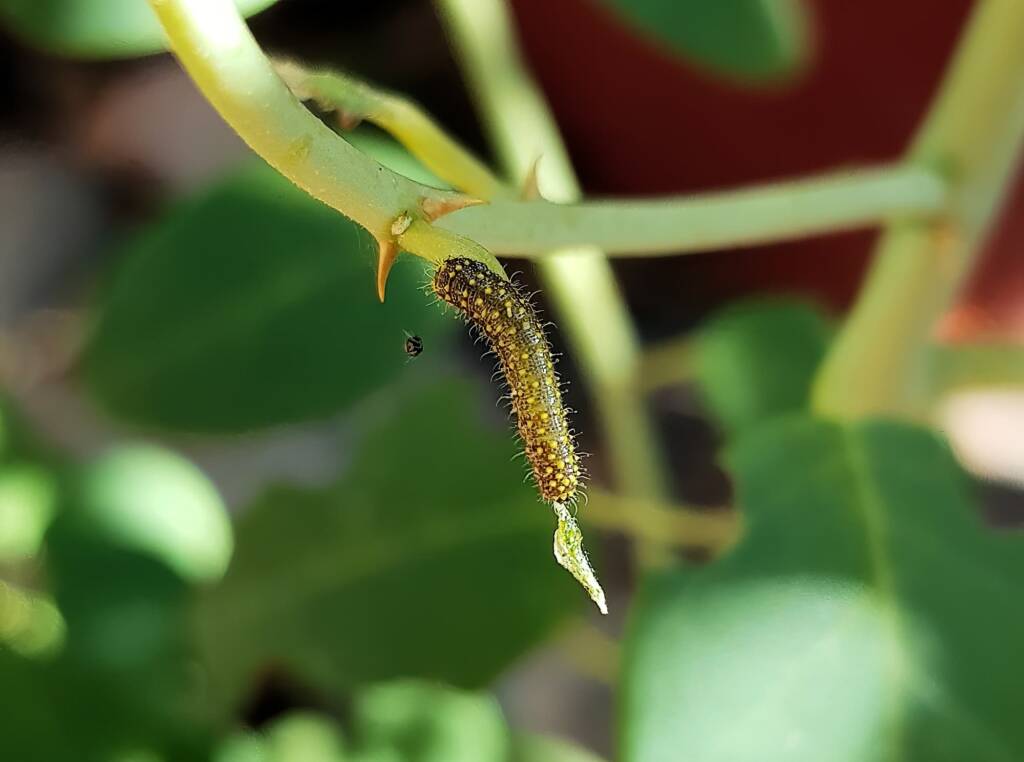
In the following series of photos, you can see one of the instar stages that the caterpillar goes through during a moult, as it sheds its old skin.
It has been documented that one caterpillar of this species will consume three medium sized leaves during their life cycle.
The instar stages of the caterpillar occurs over approximately three weeks, as they eat and grow to about 3 cms in length. There are five instar stages after hatching from the egg. The sixth stage of the life cycle, is when the larva having finished its growth development, enters the pre-pupal larval stage, where it forms into the pupa within the final larval skin. Commonly referred to as the chrysalis, they then emerge as the adult butterfly, leaving the pupa behind.

During the instar stages, as caterpillars they are vulnerable to predators such as wasps, flies and birds. Although people have witnessed native birds picking the butterfly off as they emerge from the chrysalis.
If you look closely at the following photo, you can see the poison tipped setae (bristle/hair-like structure) on one of the caterpillars.

At the end of the 5th moult, the caterpillar sets itself up on a pad of silk for the 6th moult, where it pupates, becoming a chrysalis.

The pupa (chrysalis) has been documented as being cream/white with black markings, up to a size of 2.5 centimetres. However, when you view other casing, especially the empty ones, you can see that there is variation including empty cases that appear translucent in colour with a range of rust-red-brown colours.

The adult butterfly emerges anywhere up to two weeks later.

Often the male Caper White Butterfly will wait for the females to emerge from the chrysalis to immediately mate with them.
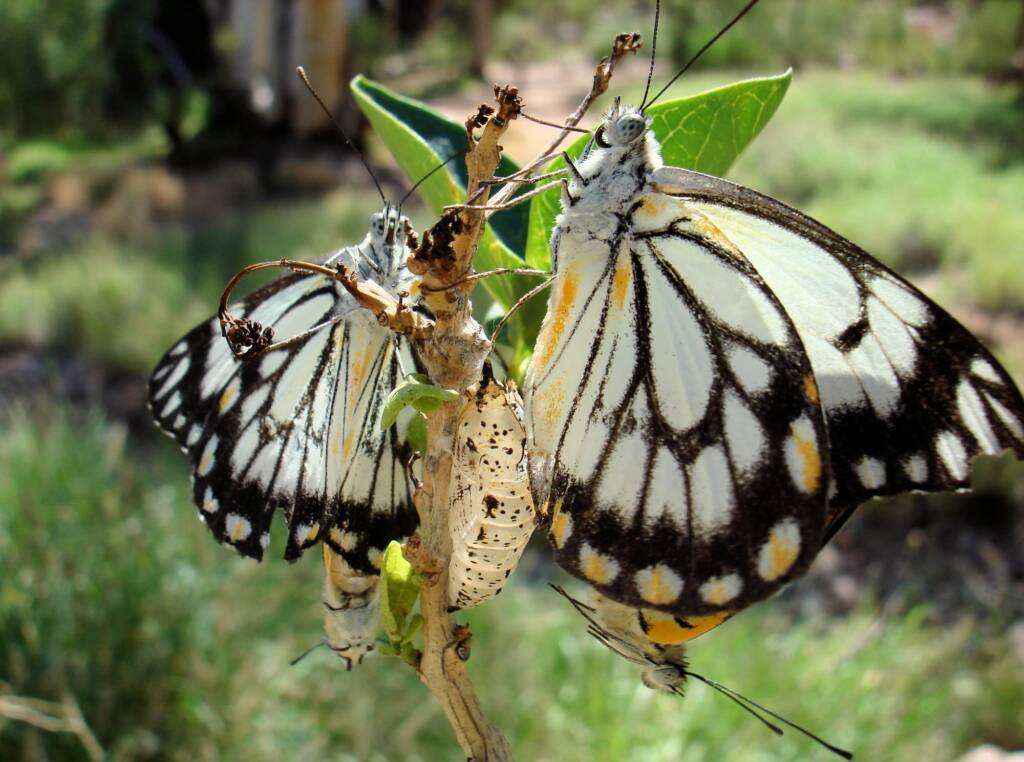
It is a hard life for both the males and the females of the species, as the males chase each other off in their attempts to mate with the female. Even the female Caper White Butterflies are observed with battered wings.
Sadly, some butterflies do not emerge from their chrysalis.
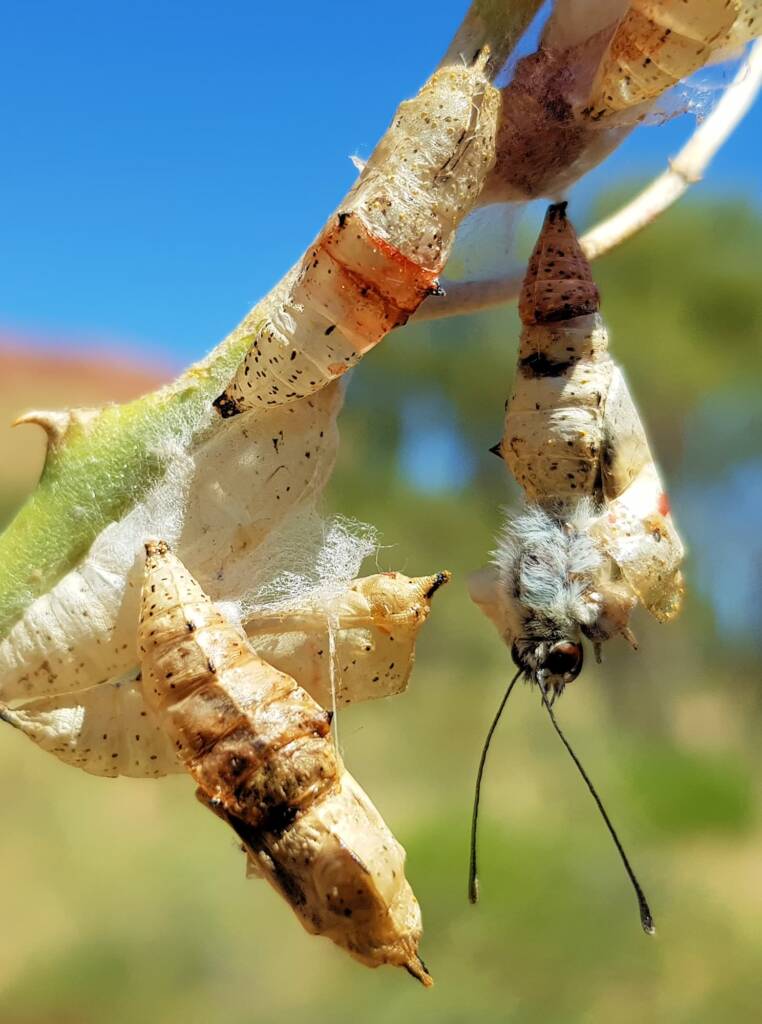
In the following series of photos, the battered winged butterfly is seeking some nectar, most likely its last meal. As well as frayed wings, it is missing most of an antennae.
From egg to the adult Caper White Butterfly, under the right conditions, they live for approximately 3 weeks. Now, with their life over, their bodies can often be found underneath and around where they have laid their eggs.
So we have closure on the pre-determined life of the Caper White Butterfly.
Footnote & References
- Caper White Belenois java, Whites & Yellows, Butterflies Dorrigo, http://butterfliesdorrigo.weebly.com/caper-white-belenois-java.html
- Caper White, South Australian Butterflies & Moths, https://sabutterflies.org.au/pier/java.html




